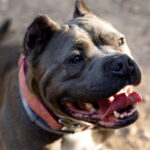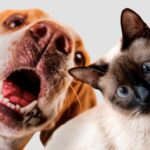Dog Eye Boogers:How To Get Rid Of It?
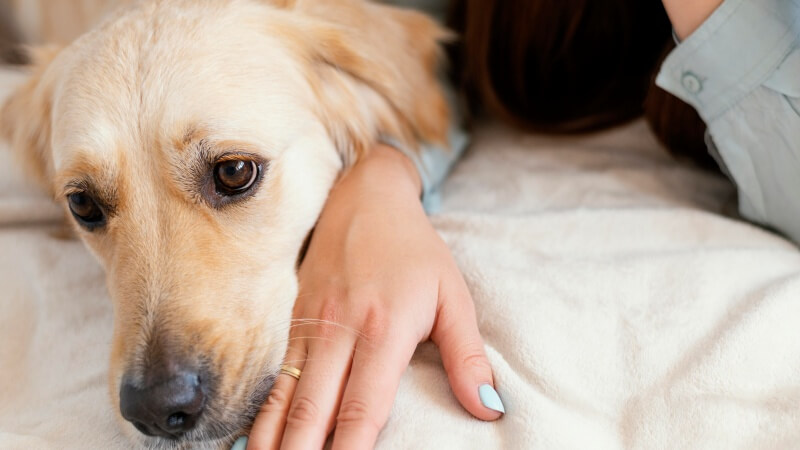
If you’re a pet parent, you’ve likely encountered dog eye boogers in your furry companion’s eyes on more than one occasion. When your dog enjoys off-leash adventures on a trail or frolics in the garden, allergens and dirt can lead to some eye discharge.
While a certain amount of eye discharge is normal, akin to humans, dog eye boogers can also indicate a more serious issue. Conjunctivitis, epiphora (overproduction of tears), and eye injuries are among the usual suspects for these eye boogers.
Given that excessive eye discharge could signal a health condition, it’s crucial to book a vet visit for your dog’s eye examination if you have any concerns.
Why do dogs get eye boogers?
Eye discharge is a prevalent issue among many dogs, potentially indicating everything from infections and allergies to more severe conditions.
The usual suspects for dog eye boogers encompass:
Allergies
Clear eye discharge in your dog might stem from environmental allergens such as dust or airborne particles, for which your vet can offer advice.
A watery discharge or mucus from a single eye often suggests the presence of a foreign object, like an ingrown eyelash or debris, whereas yellow-green or pus-like discharge might signal a grave infection.
It’s critical to consult your veterinarian if your dog exhibits significant eye discharge, as some conditions can lead to blindness or the loss of an eye if not addressed.
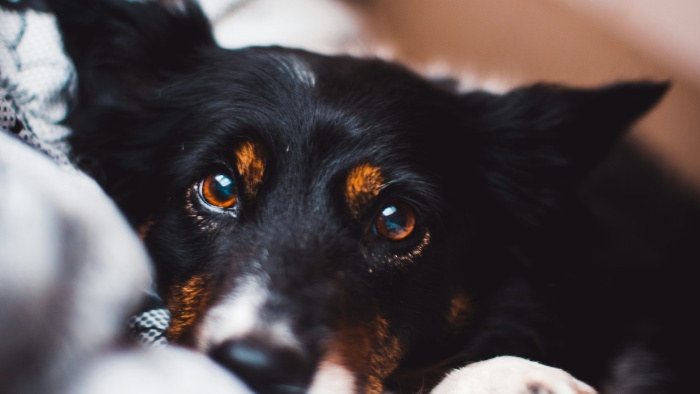
Conjunctivitis
Marked by yellow-green pus or a watery outflow, conjunctivitis involves inflammation of the dog’s eye lining. Blocked tear ducts, allergies, foreign objects, dry eye, the distemper virus (mainly in pups and young dogs), or cancerous formations can all provoke conjunctivitis.
Additional symptoms of conjunctivitis in dogs include:
- Inflamed eyes
- Redness in the eyes
- Squinting
- Frequent blinking
- Crusty residue around the eyes
- Scratching at the eyes
- Epiphora (Excessive Tearing)
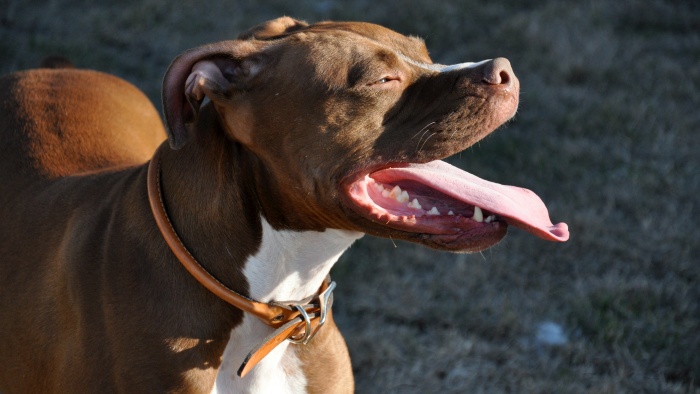
Teary, watery eyes or eye boogers leading to dark stains, smelly fur, or irritated skin around the eyes can arise from various causes, including ingrown lashes, allergies, irritation, corneal ulcers, tumors, and eye discomfort.
Breeds like Bichon Frises and poodles often experience tearful eyes that result in staining, manageable through routine grooming and tear stain products available over the counter.
Glaucoma
Glaucoma, identified by increased pressure within the eye, presents symptoms such as bulging eyes, excessive tearing, and cloudiness in the eyes. This condition is highly painful, and immediate veterinary consultation is advised if glaucoma is suspected.
Dry eye
Dry eye syndrome, leading to sticky eye discharge, occurs when tear production is insufficient. Injuries, the distemper virus, or autoimmune reactions impairing tear gland tissue can cause this condition.
Dogs with dry eyes are more susceptible to infections, inflammation, and corneal ulcers. Veterinarians might recommend artificial tears to alleviate eye dryness.
Breed-Specific issues
Brachycephalic breeds like boxers, pugs, and bulldogs are more prone to eye boogers due to their flatter faces and shallower eye sockets. These breeds may face tear drainage problems, ingrown lashes, and entropion, where eyelids roll inward, irritating the eye, often requiring surgical intervention.
Other breeds, such as bloodhounds, cocker spaniels, beagles, and certain terriers, may suffer from ectropion, characterized by outward-rolling eyelids.
How to clean dog eye boogers
After addressing any underlying issues such as injuries, allergies, or infections, here are some methods to eliminate dog eye boogers:
Tear stain remover for dogs
Although warm water can be used at home to clean dog tear stains, there are specially formulated products like solutions and wipes designed to remove these stains effectively.
Eyewash for pets
Eye drops serve as an alternative for treating dog eye boogers, offering benefits like eye lubrication, flushing out foreign materials and allergens, and soothing allergic reactions.
Eye comb for pets
For dogs with eye boogers that adhere to the fur around their eyes, eye combs are a practical tool. These combs are straightforward to use, effective, and available at both local pet shops and online.
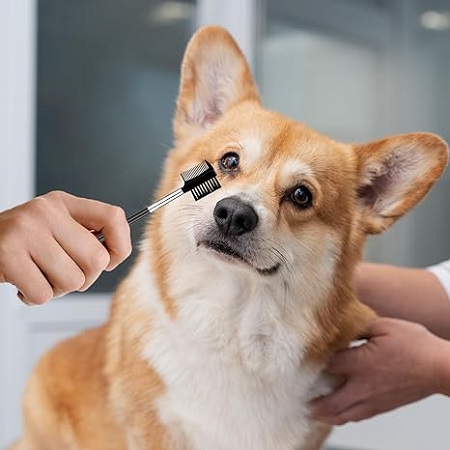
Trimming the fur around the eyes
For dogs with long hair that contributes to eye boogers, maintaining clean and trimmed hair around the eyes is beneficial. Exercise caution while trimming near your dog’s eyes.
Consider using a basic pet grooming kit at home or booking a professional groomer if trimming around the eyes seems daunting.
Warm washcloth technique
A simple and effective method involves using a clean cloth, moistened with warm water, and gently pressing it against your dog’s eyes for around thirty seconds. This process softens the eye boogers, making them easier to wipe away and cleanse the area around the eyes.
Lubricating eye drops for dogs
Lubricating eye drops specifically formulated for dogs are an excellent, safe choice as they are non-toxic and designed for canine use.
Guidelines for applying eye drops
If you opt for lubricating eye drops to address your dog’s eye boogers, follow these tips:
Prepare by keeping the eye drops within reach and cleaning any discharge around your dog’s eyes with a warm washcloth.
For the application, slightly tilt your dog’s head back, place the hand holding the eye drop bottle on your dog’s head to stabilize and prevent accidental contact with the eye if your dog moves, and dispense a few drops into the upper part of your dog’s eye.
How can I keep my dog from getting eye boogers
Maintaining regular eye examinations for your dog is essential. Pupils ought to be equally sized at all times, eyes free of crust, and the sclera (eye’s white area) should appear clear and white.
There should be no squinting from your dog, nor should there be an overproduction of tears, and the inner eyelids (known as the third eyelids) should remain unseen.
Consult a veterinarian for your dog eye discharge
Should you observe any symptoms such as increased discharge, excessive tearing, tear-stained fur, cloudiness in the eye, a noticeable third eyelid, eyes that are closed or squinting, or pupils that differ in size, it’s crucial to contact your veterinarian and schedule a visit promptly.
Conclusion
While dog eye boogers can be a common occurrence for many pet parents, understanding their causes and appropriate cleaning methods is essential for your furry friend’s eye health.
From allergies to more severe conditions like glaucoma, it’s vital to address any underlying issues promptly with a veterinarian.
Regular grooming, using tear stain removers, pet eyewash, and trimming the fur around the eyes can help keep your dog’s eyes clean and free from discharge.
Moreover, incorporating lubricating eye drops as part of their eye care routine can prevent dryness and irritation.
To further ensure your dog’s wellbeing during outdoor adventures, where allergens and dirt may contribute to eye boogers, consider using a quality dog leash.
This allows you to control and protect your dog from environments that might aggravate their eyes, keeping those pesky eye boogers at bay and your dog happy and healthy.
FAQs
What should I do if I notice my dog’s eye discharge has changed color or consistency?
If you notice a change in the color or consistency of your dog’s eye discharge, such as it turning yellow-green, becoming pus-like, or increasing in volume, it’s crucial to consult a veterinarian immediately. These changes could indicate a serious infection or other health issues that might require prompt medical attention.
Can certain dog breeds be more susceptible to eye problems leading to eye boogers?
Yes, certain breeds, especially brachycephalic breeds with flatter faces like Pugs, Bulldogs, and Boxers, are more prone to eye issues due to their facial structure, which can lead to more frequent occurrences of eye boogers. Breeds with long hair around the eyes or those predisposed to conditions like ectropion or entropion may also experience more eye discharge.
How often should I clean my dog’s eyes to prevent the accumulation of eye boogers?
The frequency of eye cleaning can vary based on your dog’s breed, health, and level of eye discharge. As a general guideline, inspecting and gently wiping away any discharge from your dog’s eyes daily can help prevent the accumulation of eye boogers and monitor for any changes that may require a veterinarian’s attention.
Are there any home remedies safe for treating my dog’s eye boogers, or should I always use commercial products?
For basic cleaning of eye boogers, using a warm, moist cloth to gently wipe away discharge is a safe and effective method. However, for treating underlying conditions or more persistent issues, consult your veterinarian for advice on safe commercial products or medications tailored to your dog’s specific needs.
What preventative measures can I take to reduce my dog’s risk of developing serious eye issues that lead to eye boogers?
Regular veterinary check-ups, maintaining good eye hygiene, keeping your dog’s face and eyes clean, and trimming long hair around the eyes can help prevent serious eye issues. Additionally, being vigilant about your dog’s eye health, such as noticing changes in discharge, behavior, or appearance of the eyes, and seeking prompt veterinary care, can also reduce the risk of complications.
